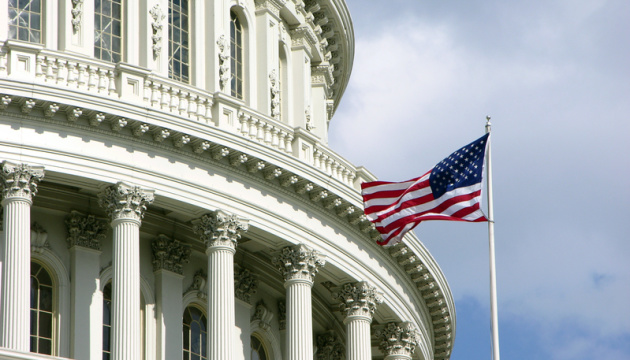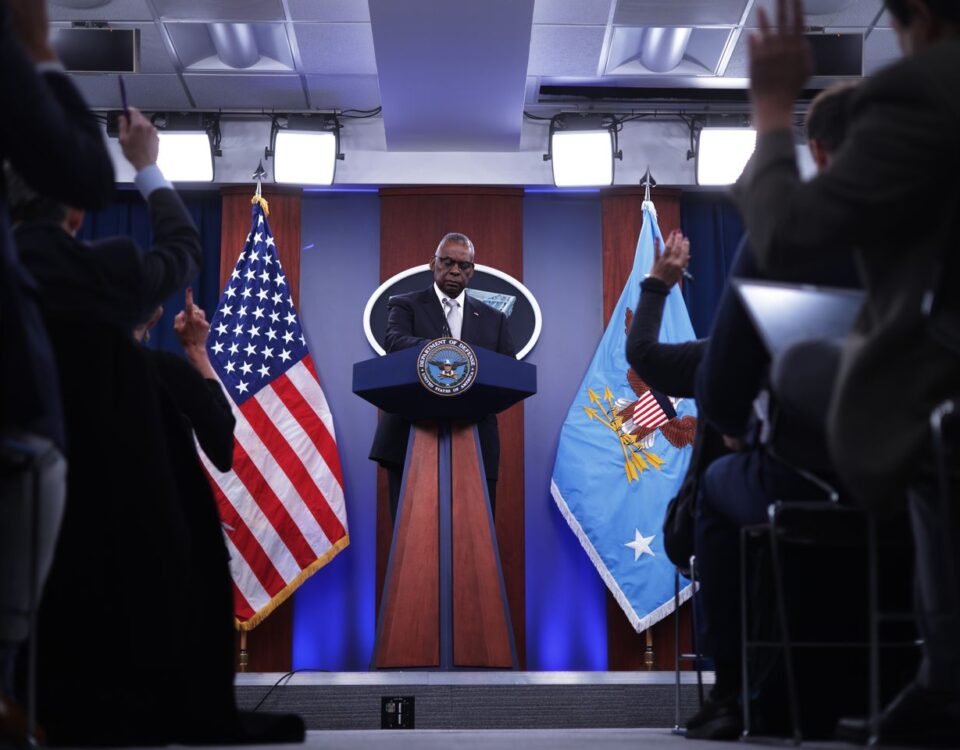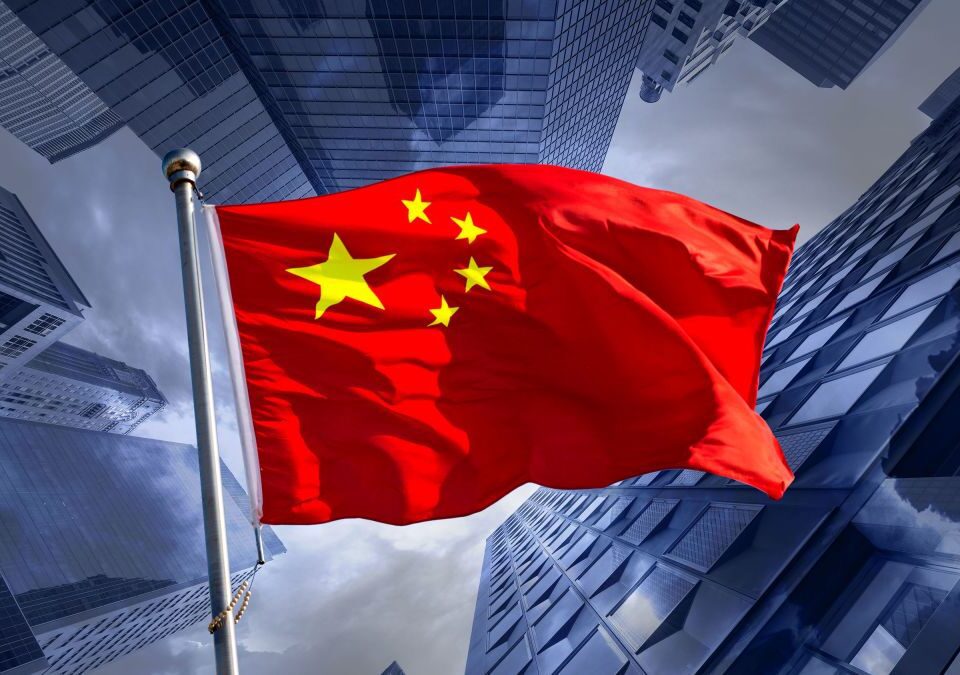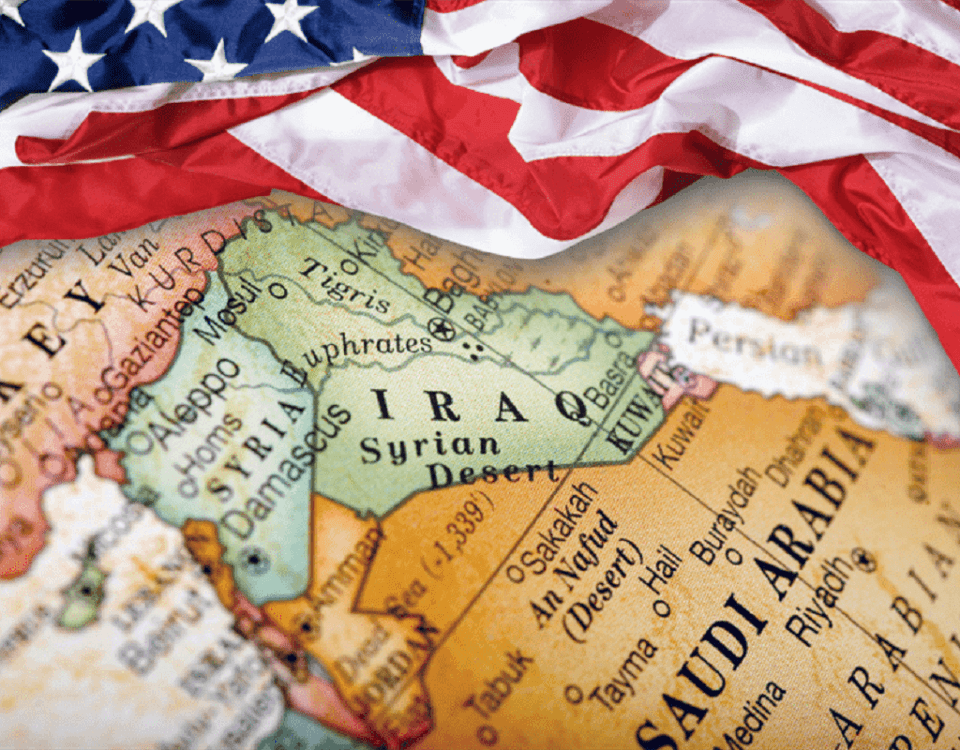
Iran’s Strikes in Pakistan: A Strategic Blunder
January 20, 2024
Water Wars and Climate Crises: Redefining Security in the 21st Century
January 22, 2024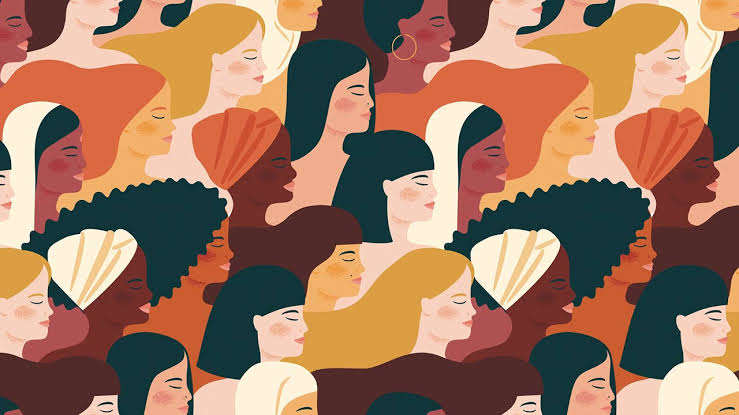
Hadia Safeer
In the framework of international human rights, the promotion of the rights of women is a defining characteristic, symbolizing a vital battle against centuries-old institutional discrimination and gender inequality. This movement cuts beyond political, cultural, and geographic barriers and aims to redefine equality and human dignity and promote gender parity. Talking about women’s rights is essential to creating a more just and inclusive society as civilizations change.
Several international agreements and treaties that have been key in creating and advancing the ethical and legal foundation for women’s rights are central to this global conversation. These agreements, which have been crucial in establishing international norms and directing national policies toward gender equality, include the historic Convention on the Elimination of All Forms of Discrimination against Women (CEDAW), the Beijing Declaration, and the Platform for Action, among others. They stand for the consensus of the global community that solving the particular difficulties women encounter globally is imperative.
The fight for women’s rights has roots in early movements around the globe and has been a never-ending struggle. The foundation for more extensive conversations on gender equality was laid by these early initiatives, which mainly addressed voting rights, property rights, and access to education. The suffrage movements in nations like the US and the UK greatly impacted the beginning of the 20th century’s organized and outspoken campaign for women’s rights. Women’s rights were becoming more and more recognized during this time as a worldwide issue as well as a national one.
The international acknowledgement of women’s rights underwent a sea change with the creation of the UN in 1945. One of the earliest international texts to commit to gender equality was the UN Charter, which recognized the equal privileges of men and women. The UN took a big step toward establishing a body focused on gender equality and women’s rights by establishing the Commission on the Status of Women (CSW) in 1946. Women’s rights were greatly advanced by the CSW, which also contributed significantly to the preparation of later treaties and declarations.
1. Overview of CEDAW and its Provisions
Many refer to the 1979 UN General Assembly’s adoption of the Convention on the Elimination of All Forms of Discrimination Against Women (CEDAW) as a universal bill of rights for women. It outlines what discrimination against women is and lays forth a plan for national action to put an end to it. It consists of 30 articles and a preamble. Important clauses consist of the following:
Article 1 defines discrimination against women as any distinction, exclusion, or restriction based on gender that impairs the enjoyment of human rights and fundamental freedoms.
Article 2 obligates states to condemn discrimination and pursue a policy of eliminating gender discrimination through legislative, policy, and other measures.
Articles 3-5 focus on the development and advancement of women and the need for states to modify social and cultural patterns to eliminate prejudices and stereotyping.
Articles 6-16 address specific areas such as trafficking, political participation, education, employment, health, marriage, and family life.
2. Other Significant International Agreements
Beijing Declaration and Platform for Action (1995): This agenda for women’s emancipation is inspiring. With 12 critical areas of concern addressed, such as women and hunger, assault towards women, and the girl child, it continues to be one of the most comprehensive worldwide strategies for gender equality.
Declaration on the Elimination of Violence against Women (1993): The United Nations General Assembly endorsed this proclamation to address the assault in all its forms that women experience in public as well as private environments. States are urged to create national plans to stop and deal with violence against women.
3. Role of UN Women and Other International Organizations
Since its founding in 2010, UN Women has led the charge to improve women’s position worldwide. In addition to working with government and civil society to develop the legislation, programs, services, and policies required to guarantee that the standards are successfully implemented and benefit women and girls everywhere, it helps Member States adopt global standards for attaining gender equality.
Within the parameters of their respective mandates, other international organizations such as UNESCO, the World Health Organization, and the International Labor Organization (ILO) also contribute significantly to advocating women’s rights. These organizations assist and oversee the execution of policies and actions targeted at gender equality and women’s empowerment by cooperating with treaties and conventions.
In the field of women’s rights, many obstacles still exist despite tremendous advancements. Globally, gender-based violence is still a significant problem, with women frequently subjected to sexual harassment, domestic abuse, and various other kinds of violence. Another enduring issue is discrimination in the workplace, where women regularly face pay disparities, barriers to advancement, and unequal possibilities for promotion. Furthermore, discussions concerning women’s access to healthcare and autonomy regarding reproduction remain divisive and political in many areas.
Suggestions for Enhancing Global Frameworks and Policies
- Update current frameworks and treaties to include modern issues, including gendered consequences of climate change and digital inequality. Incorporate Emerging Issues.
- Boost Enforcement Mechanisms: To ensure that nations uphold their commitments regarding women’s rights, improve the mechanisms for enforcing international treaties.
- Boost Participation and Representation: Make sure that more women are included in all decision-making processes, especially those that involve developing and implementing international policy.
- Emphasis on Intersectionality: Recognize how gender is influenced by racial, class, and sexual orientation intersections and address the intersectional nature of discrimination.
- Engage Men and Boys: Promote campaigns that try to alter society’s attitudes and conventions by including men and boys in discussing gender equality.
- Encourage Education and Awareness: To dispel gender stereotypes and advance gender equality from a young age, fund educational initiatives and awareness campaigns.
- Encourage Collaboration: To develop a more coordinated and successful strategy for advancing women’s rights and encourage cooperation between governments, global organizations, civil society, and the commercial sector.
The international community may make significant progress in guaranteeing that women’s rights are respected, safeguarded, and progressed by the tenets outlined by international human rights treaties by tackling these issues and suggestions.
In conclusion, it is impossible to overestimate the contribution made by international agreements and treaties to the growth of women’s rights. These accords signify an international agreement on the core ideas of women’s empowerment and gender equality. They give countries a framework for passing and upholding laws that defend women’s rights and serve as a forum for global collaboration and advocacy.
However, there is still a long way to go until full gender equality is achieved. The persistent difficulties that women encounter worldwide—from economic inequality to gender-based violence, among other issues—highlight the necessity of sustained international collaboration and steadfast dedication to women’s rights. It is essential that countries actively seek to implement and enhance the values established in these international accords in addition to strictly adhering to them. Women’s rights must remain a top priority on the international human rights agenda going forward, as they are acknowledged not only as a subset of human rights but also as a vital pillar supporting the full range of rights.
The evolution of human society overall is inextricably related to advancing women’s rights. A just, egalitarian, and prosperous world can only be achieved by guaranteeing women’s equality of opportunity, legal protection, and the freedom to live without prejudice or violence. In light of this, the international community must keep working to solve current problems, adjust to new ones, and cooperate to create a future where gender equality is a reality rather than simply an ideal.
The writer is a student of IR at International Islamic University Islamabad.


